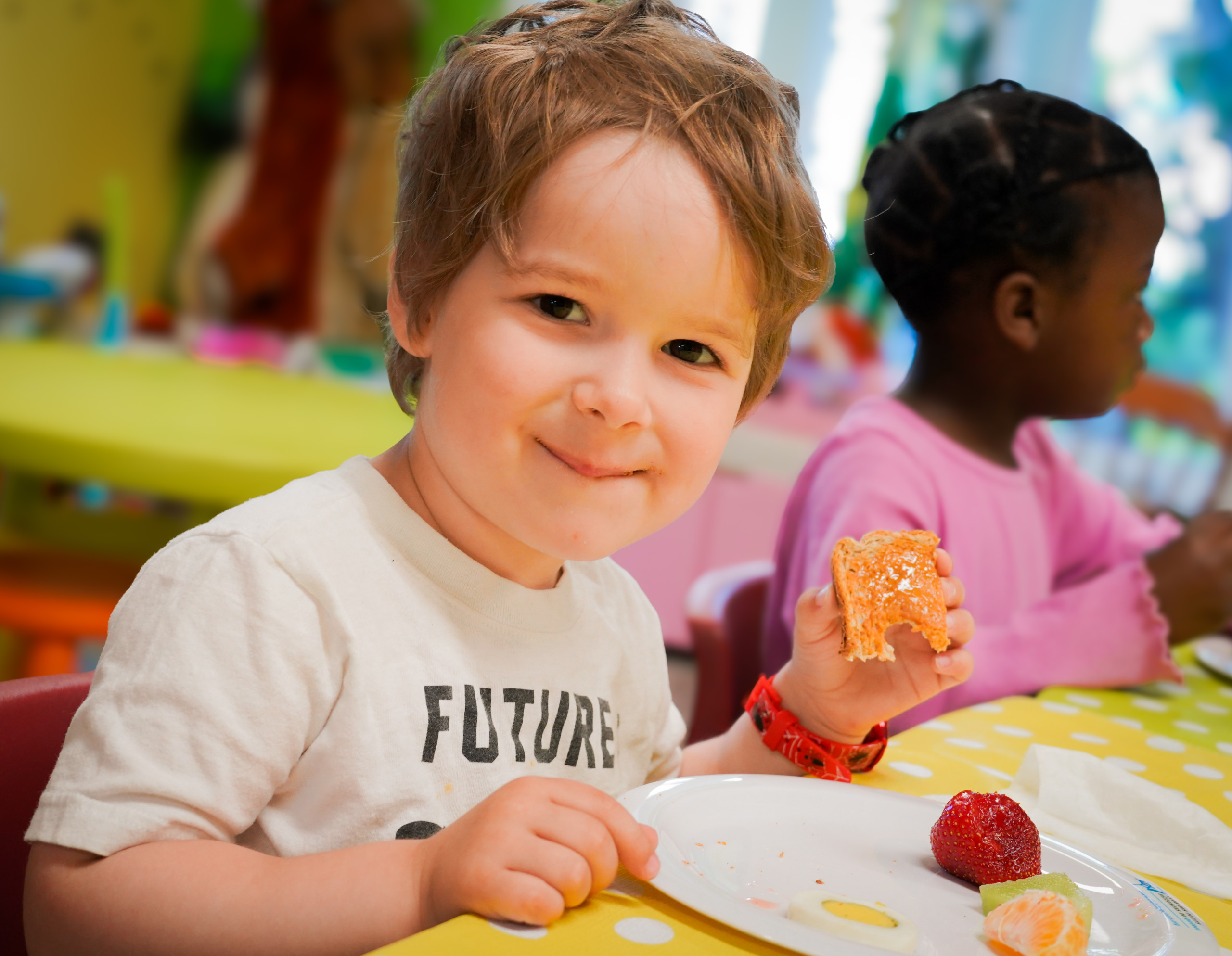
Cooking with Kids: Tips for Successful Involvement

Involving children in cooking can be a rewarding experience for everyone concerned. Not only can it help develop students’ culinary skills, but it can also foster resourcefulness and encourage healthy eating habits. Here are some tips and tricks to increase kids’ kitchen IQ!
Establish a clear routine: Before starting the activity, take the time to explain the process so that everyone knows what to expect.
Choose simple recipes: Start with basic recipes suitable for their age. Recipes involving a small number of straightforward steps and easy-to-handle ingredients are ideal.
Give them responsibilities: Assign each child a specific task according to their abilities. This could involve stirring ingredients, measuring quantities, portioning mixtures, kneading dough, etc.
Create a safe environment: Ensure that the kitchen is a kid-friendly place by eliminating potential hazards such as sharp knives and hot pans.
Encourage creativity: Get children to express themselves by allowing them to customize certain recipes. For example, they can choose their own toppings for oatmeal or add their favourite fruits to a smoothie.
Make it fun: Play background music, wear matching aprons and create a positive atmosphere to make the experience of cooking together enjoyable.
Teach them about food hygiene and safety: Take this opportunity to demonstrate the basic rules of food safety, such as washing hands before handling food, cleaning surfaces, storing different types of food properly and more.
Explore new foods: Encourage children to try different flavours and textures. Talk about new foods, where they come from and how they grow. Try new recipes that reflect diversity.
Highlight their efforts: Praise and acknowledge them for their work. This will make them want to continue participating in culinary activities.
Involve them in the planning process: Ask for their input on what they would like to cook and involve them in menu planning. Encourage them to share recipes from different cultures. All of this can make them more excited about helping out.
Be patient and supportive: Cooking with children can be a bit chaotic at times, but remember that it’s a learning experience. Let them go at their own pace, encourage their efforts and have fun together!
Make the experience last beyond the activity: Share recipe cards with parents so that children can make the same thing at home. Discuss the activity and recipes in the school newsletter. Send a collection of the recipes used home at the end of the year. The possibilities are endless!








